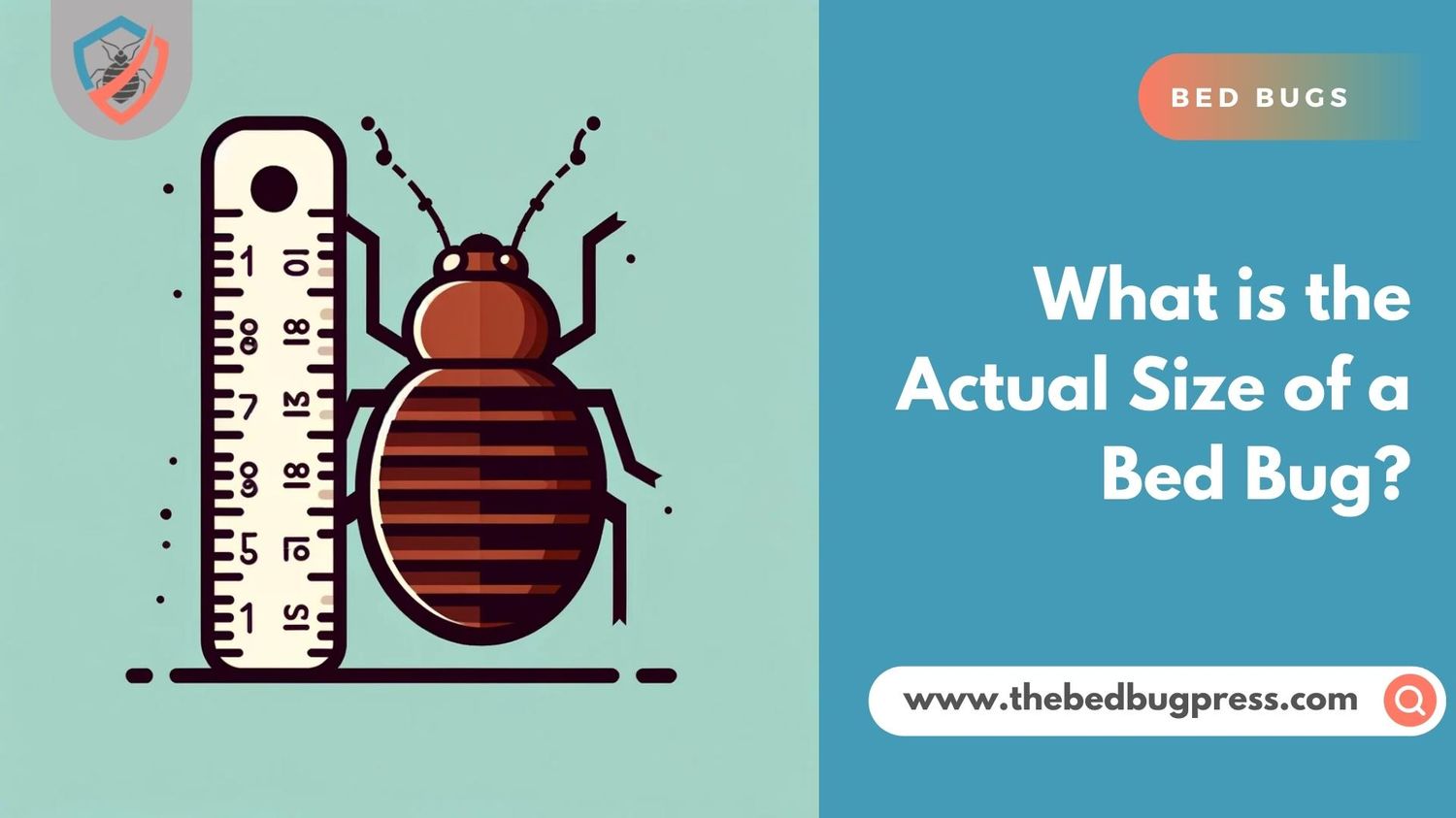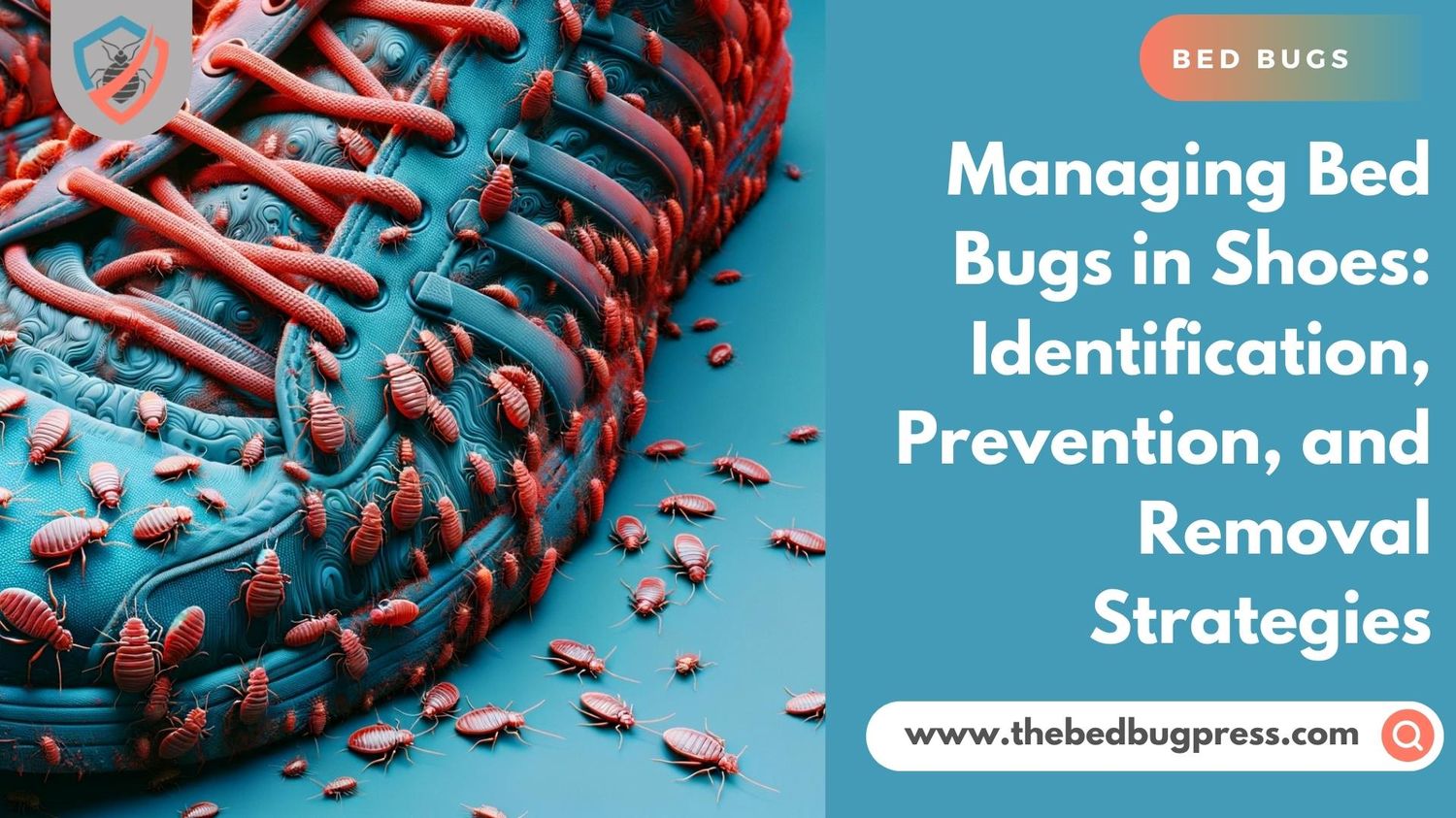If you’ve recently found out that someone at your workplace has bed bugs, you may be wondering what to do. Here are some essential things to keep in mind:
To begin, remember that bed bugs are not a sign of filth; they can enter anyone’s home or office on clothing, luggage, or furniture.
Second, don’t panic! While bed bugs can be a nuisance, they are not known to transmit diseases. With proper treatment, you should be able to get rid of them quickly and effectively.
Lastly, make sure to take steps to keep bed bugs from coming back. You can do this by regularly checking your work area for signs of bed bugs and by keeping clean.
If you have more questions or concerns, don’t be afraid to ask the HR department at your company or an exterminator for help.

Should I Go to Work If I Have Bed Bugs?
Going to work while dealing with bed bugs can seem like a daunting prospect. However, it is important to remember that bed bugs are notoriously resilient and difficult to eradicate. Therefore, you should take all necessary precautions before heading into the office.
Be sure to purchase an insecticidal dust or spray that is specifically designed for eliminating bed bug infestations and use it at your home or apartment even if you feel fine getting to work.
Additionally, inform your manager or supervisor about your situation so they can better address any concerns you might have during the eradication process i.e., time off, workplace precaution, or the possibility to work from home.
With these steps, you can go to work without worrying about exacerbating the infestation there!
Should My Boss Know I Have Bed Bugs?
Whether or not you should tell your boss about having bed bugs is a personal decision that will depend on your individual circumstances. In general, you need to be honest with your employer about any issues that may impact your work or the work environment, including bed bugs.
Informing your boss about the bed bug situation may help prevent the spread of the infestation in the workplace, and allow your employer to take steps to address the issue. On the other hand, some people may feel uncomfortable discussing personal issues like bed bugs with their boss and may prefer to handle the situation privately.
Ultimately, the decision to tell your boss about having bed bugs is up to you, and you should consider your personal comfort level, your relationship with your boss, and the potential impact on your work and the work environment when making your decision. If you’re unsure, you may want to speak with a trusted friend or family member, or a human resources representative, for additional guidance.

What If a Coworker Has Bed Bugs?
If a coworker has bed bugs, other employees in the workplace should be aware of the situation. This can become a larger problem if it is not addressed properly and quickly, as bedbugs can travel from one office to another, contaminating other areas in the workplace.
It’s best for everyone to act quickly and take the necessary steps to prevent it from spreading. Ensure office furniture is regularly cleaned and inspect your workspace every day for signs of bedbugs like droppings or shells.
If you’re suspicious there are pests present, alert your supervisor so they can have pest control evaluate and treat the issue immediately.
As soon as other employees are made aware of a potential bedbug infestation, this puts our team in a better position to protect the office environment by containing and preventing the spread of any further contamination.
Can I Get Bed Bugs from Someone at Work?
Working with other people can increase the risk of bed bugs infesting your clothes and belongings. Although it is possible to get bed bugs from an employee at work, it is unlikely that you would come into physical contact with them.
Bed bugs are difficult to spot and tend to hide in clothes and personal items, making it difficult to identify if someone else has them. Employees should be aware of the signs of bed bugs and ensure that they don’t bring any clothes or belongings they suspect may be infected onto the premises.
By taking a few simple precautions, it is possible to reduce the chances of bed bugs coming into contact with your clothes at work, giving you peace of mind that you can go about your day bug-free!

Can You Spread Bed Bugs at Work?
Bedbugs are hardy pests that can travel easily from place to place. Contrary to popular belief, you can potentially spread them to the workplace through your clothing or personal items.
If you have signs of an infestation at home, it is best to be extra careful when traveling back and forth in order to avoid spreading bedbugs to your office. Keep in mind that they can even hide in clothing seams and pockets, making it harder than ever to prevent their transfer.
When dealing with bedbugs, it’s important to know the signs of an infestation and how to protect yourself against further spread!
What Kind of Workplaces Have Bed Bugs
Unfortunately, bed bugs don’t discriminate when it comes to ideal habitats and can thrive in any workplace given the right conditions.
Most workplaces are considered safe environments that these pests can live in with necessary heat and food sources close by. Clutter provides ideal hiding places and keeping your workspace clean and clutter-free goes a long way toward reducing the likelihood of an infestation establishing itself.
However, if an unchecked infestation takes hold, then employer negligence may be at play – regular inspections must take place as an essential hygiene measure in all businesses as this is the only way to minimize the chances of such unwanted guests.

How to Protect Yourself from Bed Bugs at Work
Keeping bed bugs at work at bay can be a challenge. Aside from keeping your workspace and personal items clean, there are a few other things you can do to minimize the chances of bed bug bites.
Always inspect yourself before leaving work for any bed bug bites or other odd signs, such as small red spots on your skin that could signify bed bug activity.
Additionally, store all clothing and other items in sealed plastic bags so No. 1 they’re less likely to attract bed bugs, and No. 2 you won’t bring them home with you if the office has been infested.
By following these simple steps and being diligent with inspection and bagging items up, bed bugs should remain far away from your workplace!
How to Handle Bed Bugs in the Workplace
Bed bugs in the workplace can be a very disquieting experience for employees. Not only are bed bugs capable of causing physical injury to those affected, but they can also cause emotional and psychological distress. As such, it’s important that bed bug infestations are addressed promptly and effectively.
To ensure a safe working environment, businesses should be proactive in inspecting their premises for bed bugs or any other pests on a regular basis. Additionally, the law may provide workers with certain levels of protection, guaranteeing their right to paid or unpaid leave if bed bugs are present in the workplace.
Making an official complaint regarding bed bugs at work is also an option and employers must investigate properly if one is filed. In sum, bedbugs must be treated seriously and when handled correctly can prevent further issues from arising in the future.

Can Bed Bugs be in Office Chairs
It’s a tricky problem: bed bugs can hide in furniture, including office chairs. While there may not always be an immediately visible solution, it is important to stay vigilant after you return home from work.
It’s possible that furniture in your office that looks clean could be harboring bed bugs without you knowing. This means that if the furniture is moved from one location to another, bed bugs have the potential to make their way back with you and into your house.
Being mindful of furniture and materials moving between locations, especially if they come from an unfamiliar place, will help protect against a bed bug infestation in your office chair or even at home.
Where Would Bed Bugs Hide in My Workplace
Bed bugs can hide in any workplace. From the employee break room to the cubicles of infested workers, the critters can hide in just about any space. They enjoy dark, undisturbed places like cracks and crevices between chairs or beneath desks – bed bugs hide here during daylight hours.
Employees should be especially careful of furniture they may find in a storage room that could already be infested. Areas close to walls, bed frames, and behind light switches make perfect hiding spots for these pests.
To protect your workplace from a potential infestation, it’s best to regularly inspect areas where bed bug hideouts are most likely to exist.

Preventing Bed Bugs in the Workplace
Bed bugs are small but mighty pests that can cause a lot of discomfort and distress in the workplace. Unfortunately, they’re on the rise, and this is something we need to prepare for.
Taking preventative measures can go a long way when it comes to minimizing their spread and avoiding an outbreak altogether. Knowing how bed bugs travel and what conditions they like helps us identify possible entry points and areas of risk, which we can then work to reduce or eliminate.
Daily cleaning in areas where people spend extended periods of time goes a long way in keeping these pesky critters away – vacuum carpets regularly, shake out soft furnishings, dispose of any unwanted clutter, inspect locker rooms and communal areas such as bathrooms, kitchens, and meeting rooms – all steps that need attention daily. By doing our part now to better prepare for a potential infestation, everyone will benefit from a healthier environment!
How to Prevent Bringing Bed Bugs Home from Work
Bed bugs are annoying pests that nobody wants to deal with, so it’s important to prevent them from entering your home in the first place.
One way to do this is by preventing them from dropping into your workbag or clothing while you’re at work. Whenever possible, store clothing in sealed plastic bags. When you come home from work, take the sealed bag out of your work bag and hang it up outside for thirty minutes before bringing it inside.
This will give any potential bed bugs time to drop off onto the ground before they get a chance to hitch a ride home with you.

Bed Bugs at Work and Our Legal Rights
No one ever expects bed bugs to be part of their workday, but unfortunately, they can and do show up in offices and other workplaces. Knowing your legal rights as a worker when bed bugs are present is critical.
Depending on the context of bed bug infestation in the workplace, you may be eligible to file a workers’ compensation claim, or even sue the employer for health problems or lost wages. Additionally, employers have an obligation to take steps to address any bed bug issues that arise.
It’s important to understand what recourse you have under the law if bed bugs appear at work. Knowing your bed bugs at work legal rights can give you peace of mind as you tackle bed bugs with confidence.
Can I Sue My Employer for Bed Bugs
Bed bugs have been an ever-increasing problem in recent years and are difficult to get rid of, often making an employee’s working environment a difficult one. If you’re wondering whether you can sue your employer for bed bugs or not, the answer isn’t as simple as a yes or no.
In most cases, an employer would be responsible for such problems due to negligence – but it depends on the infestation’s specific circumstances. For instance, if the presence of bed bugs happened after a tenant moved out or construction was done on the building without proper preventive measures, then it may not be the responsibility of your employer.
However, if it can be traced back to inadequate housekeeping practices or faulty maintenance procedures then they could be held liable under health and safety laws. It is important to consider all possibilities carefully before deciding whether you should pursue legal action against your employer or not.
What are the Employer’s Responsibilities?
Employers are required by the Occupational Health and Safety Act and its implementing regulations to take every reasonable precaution to protect the worker’s health and safety.
The following precautionary measures can be taken to prevent bed bug infestations and to protect the worker based on a risk assessment conducted of the workplace:
Create guidelines and reporting practices for bed bug infestations in on-site and off-site workplaces.
Maintain records of infestations, including information on the location, timing, and severity of infestations.
All employees should receive bed bug education, including details on how to recognize them, how to spot an infestation, and how to prevent them.
Utilize a licensed pest management service provider to carry out integrated pest management activities.
Depending on the situation, give employees gloves, shoe covers, or coveralls. Provide sealable plastic containers to protect workers’ equipment or belongings.
Although bed bugs are most often found in homes, they can sometimes turn up in workplaces. If you think there may be bedbugs at your job, don’t panic! There are steps you can take to confirm whether there is an infestation or not and, if so, how to get rid of them.

Bedbugs aren’t dangerous and don’t spread disease, but they can be a real nuisance. By taking a few simple steps, you can help stop an infestation from starting or spreading in the first place.






